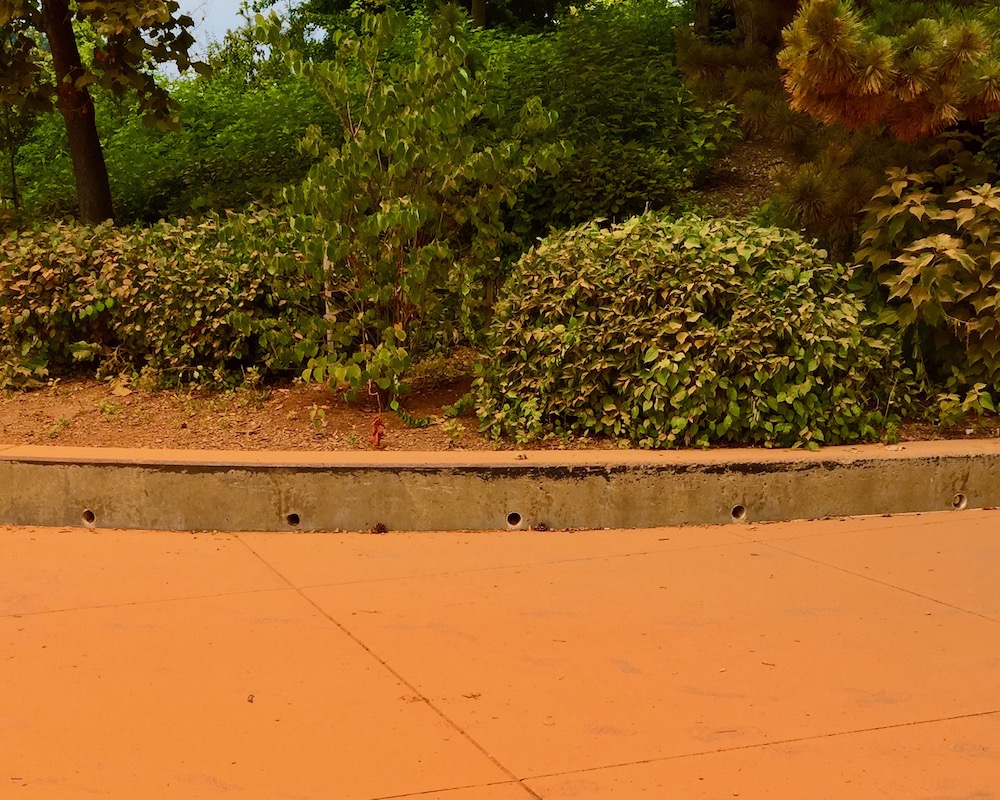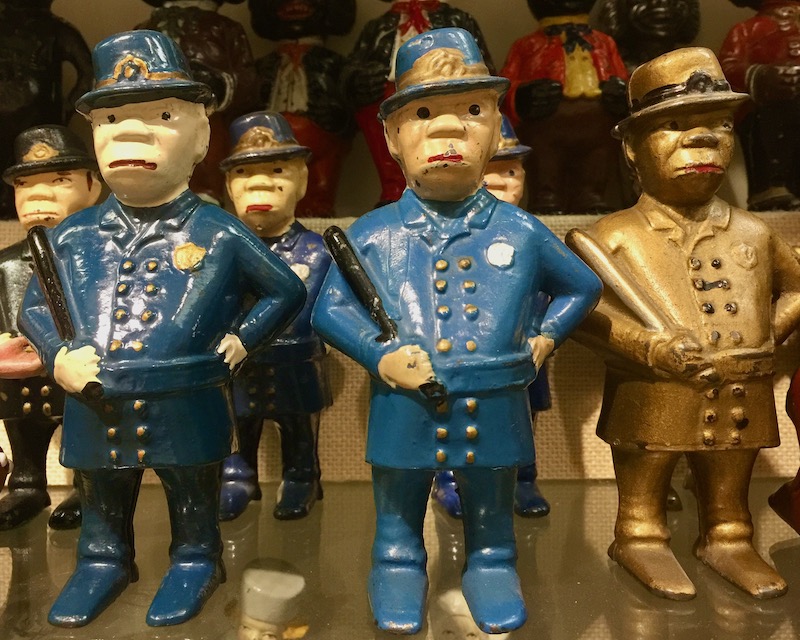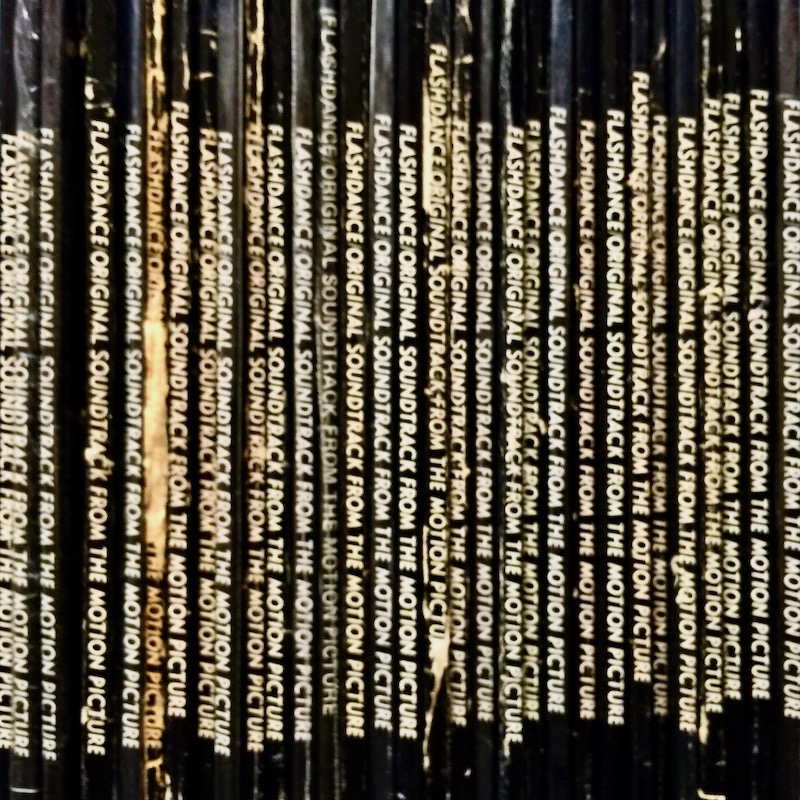“Refrigerator Door,” The Human Switchboard from Who’s Landing In My Hangar? (Faulty Products, Inc. 1981. COPE 1)
Mark 347
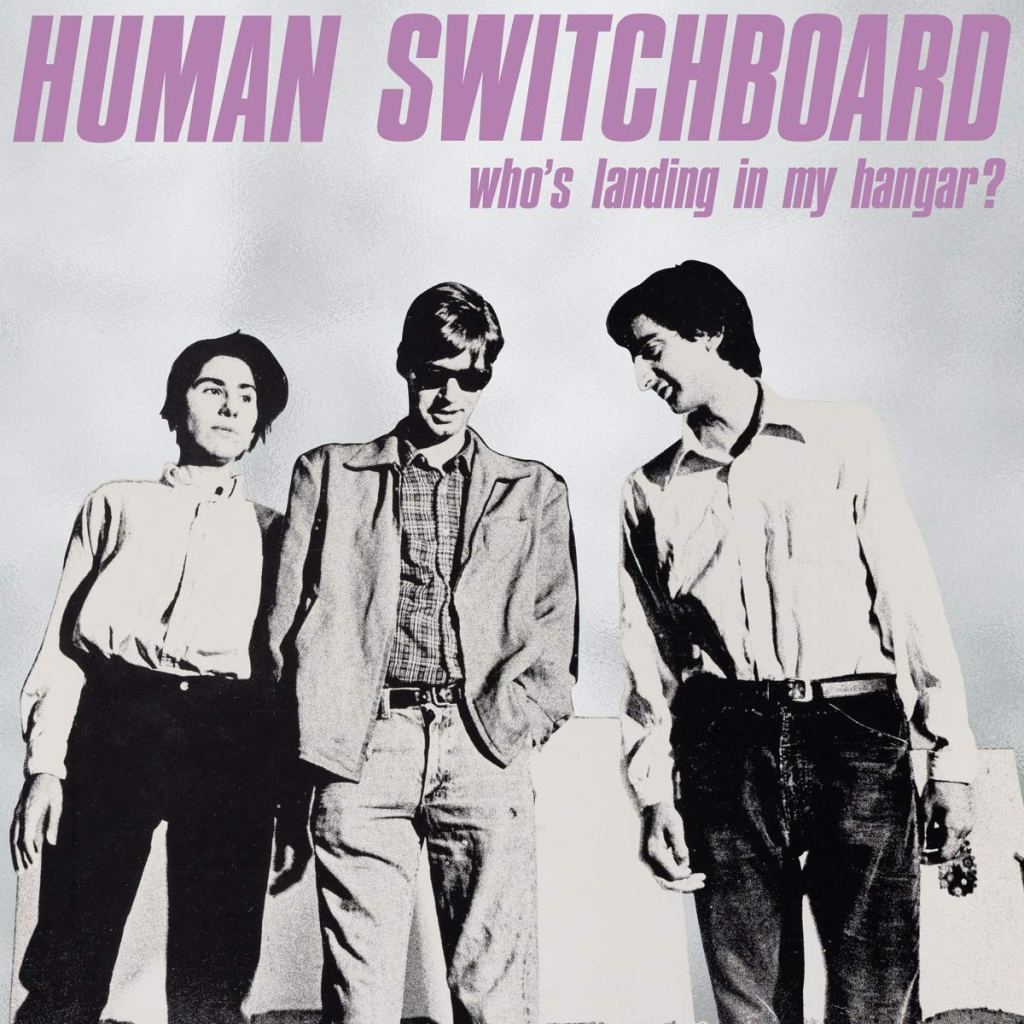
When I was approached, snuck up on, blindsided, to add to the internoise for this blog, I was lured by the idea of writing about any music I chose, saying whatever I thought or felt and foisting some obsessions upon whoever stumbled, by their filthy little index fingers across the screen. It sounded fun. It’s not. It’s a duty, now, for the future. As DEVO so succinctly put it, “Freedom of choice is what you got. Freedom from choice, is what you want.” So much music, so many forgotten LPs, so many Artists and waaaaaaay too many people writing about it all. What’s true, what’s false and who gives a fuck, anyway? I’m talking to myself at a computer. I’d rather talk to a stranger at a bar about what’s on the jukebox. I’d rather turn off the computer and put a record on. I’d rather a lot of things. But they’re not on vinyl. Too bad this isn’t about The Psychedelic Furs’ Talk Talk Talk. Too bad I take everything so seriously.
There’s something about staying mystified, believing in possibilities and head-scratching philosophizing that appeals to the tiniest clump of optimism I still own. That translates into a Great Leveler that will set my skeleton back on its hinges and yours in the ground, but still, take optimism where you find it. It’s a childhood thing, Santa Claus or Jesus being obvious examples. An old soul once told me that he loved guitar playing, blown away by the focus of fingers dancing on a fretboard, so he learned to play the guitar. He regretted it to the point of ruination. He learned the magician’s tricks, could duplicate them and the Magick was gone. He wished he stayed mystified, enjoying the sound without following the cables through the effects pedal case, and back to the amplifier. I got his point and empathized. (It’s what I do. The vicarious double-life always affords some new kind of kick.) Alas and alack, finding out is a many-edged sword. (Please pronounce the “w” – it sounds more swashbuckly.) So, now you know. Now what, smarty-pants? His interest in the guitar was shattered rather than encouraged and that was that. The world didn’t need another guitar hero, anyway. He became the next best thing, a librarian.
I understood and learned from his experience, even if only through self-recognition. My own exploration indicated that I never wanted to do anything a million other people did or could do better. Of course, with eating, fucking, sleeping, shitting and dying, all bets are off. Nobody really knows of our private ritualistic successes and that keeps individuality an acceptable delusion. If I have a goal in life, it’s to do ONE thing no one else did. A stunning artwork, a love letter to myself, forgiving all and encouraging everything. An ideal for living. I’m running out of time, but not dead yet. Trouble is, I can think things through to the pointy point of pointlessness. Probably why I’m not a writer, artist, musician, filmmaker or serial killer. I’m a fuckin’ dilettante, a Luddite and the only thing I’ll ever do that no one else can is to be my annoying self.
“If you’re going to do something, do it well and leave something witchy behind so the world will know you were there.” Okay, that was Charles Manson implying murder to drug-addled morons, but the basic idea is a sacred mission. “Witchy” can be reassigned/redesigned/reassembled as Magick, random creative/destructive moments that arise from the right people being in the right place at the right time. Unfortunately, time can also leave no one in the forest to hear the resulting sound of a band’s perfect – and only – studio album carving its name on a… tree. From 1981, Who’s Landing In My Hangar? by The Human Switchboard is a mighty, plastic oak that still stands, much like the fabled cheese, alone. Accomplished in eight years, so, not quite as prolific as the Beatles, the legacy left by The Human Switchboard is a classic DIY example of the single-minded focus, maniacal drive and pure, open-wounds need to make expressive/explosive Art in spite of demystification and because of disconnection, rather than, say, ram your head into a wall or play suicide-by-cop. Certainly, do those things if possessed by the Holy Spirit, but write about it. Paint it on out. Scream into another face, rhyming every other line. Film it, from a camera cleverly hidden in a bread truck, first. Then call the cops. Why? Why not? And this was before the interNUT made everyone into everything so quick and easy in one easy step: Lie.
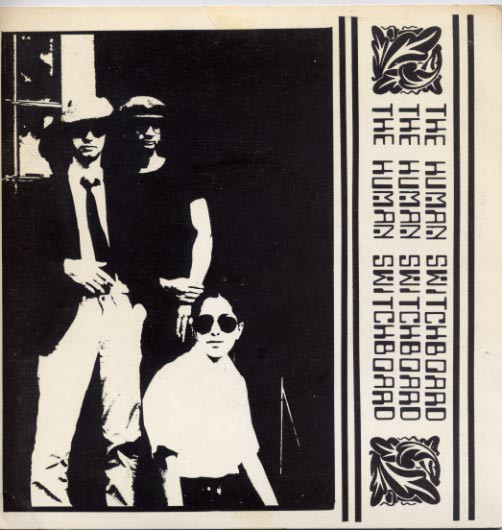
Released by Faulty Products, “another I.R.S. Agency,” the LP sports a high-contrast photo of the band, accented with purple and silver. (Metz, I must say, is wearing the longest-crotched pants I’ve ever seen.) My copy is still glossy, like the unmolested corpse of some saint in a glass box. Deservedly so. “(Say No To) Saturday’s Girl” begins side 1 with an organ intro. You’re late to church. Grab a seat before the drums start…
Bob Pfeifer (guitars, vocals), Myrna Marcarian (Farfisa, piano, vocals) and Ron Metz (drums) formed the core of the band, filling bass holes with Steve Calabria, Paul Hamann, and Doug Morgan, but never finding the elusive fourth member. The saxophone was blown by Ernie Krivda. It’s a stripped-to-the-bone delivery, however, as the mix has been compared to The Velvet Underground. I hear that, but Marcarian’s rich tones, from harmonizing to shouts, invokes Patti Smith and Pfeifer has enough sneer and angsty tenderness in his vocal cords to propel the material when singing solo. Though born in Cleveland in 1977, The Human Switchboard were steeped in the NYC scene with attitude verging on No Wave. Emotionally cacophonous, all killer, no filler. From Tom Carson’s back cover notes dated July 4, 1981, “there are still a few others who know that it (Rock’n’Roll) was the most dangerous, joyful noise they’d ever heard…a whole way of life. This record is for them.”
The remainder of Human Switchboard’s discography encompassed 4 EPs/singles, Human Switchboard Live (Square Records, 1980), Coffee Break! (ROIR cassette-only, live) and a couple of compilation tracks. Fat Possum reissued their first, self-released, 4-song 7″ on Record Store Day, 2019, expanded from the original “lyric leaf & 7″ x 14″ pop poster” to include a ‘zine of press clippings and flyers. Who’s Landing In My Hangar? was also reissued the same year. Of course, EVERYTHING is available to steal online. Get yours, today!
The band’s history is that of a million others, with critical acclaim but no risk-taking by major labels. After relocating to Kent, OH, they operated a record store as a base and for financial support, successfully, for 3 years. Pfeifer and Marcarian were involved in a relationship, having met at Syracuse University, and that story has a predictable ending. No more making beautiful music together. Though breaking up under the frustration and stress of spinning their wheels threatened the group, again and again, they managed to hold on until 1985, with followings in Kent, Akron, Dayton, Detroit, Columbus and…Pittsburgh. (Let me know if/where you saw them, I beg of you, please and thank you.) Polydor UK financed demos in 1983, recorded during afternoons on CBGB’s 16-track machine, but the plug was pulled, literally, when John Stains, their champion at Polydor was sacked. Such missed opportunities and lost connections aside, they continued playing regular shows for the next year and a half. After the band imploded, Marcarian, Metz, and Pfeifer continued with other projects I don’t really care about but, in 1987, Pfeifer released his anemic solo LP Afterwords. More on that later.
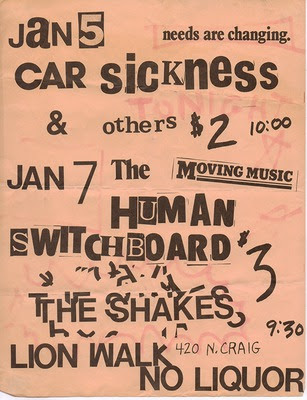
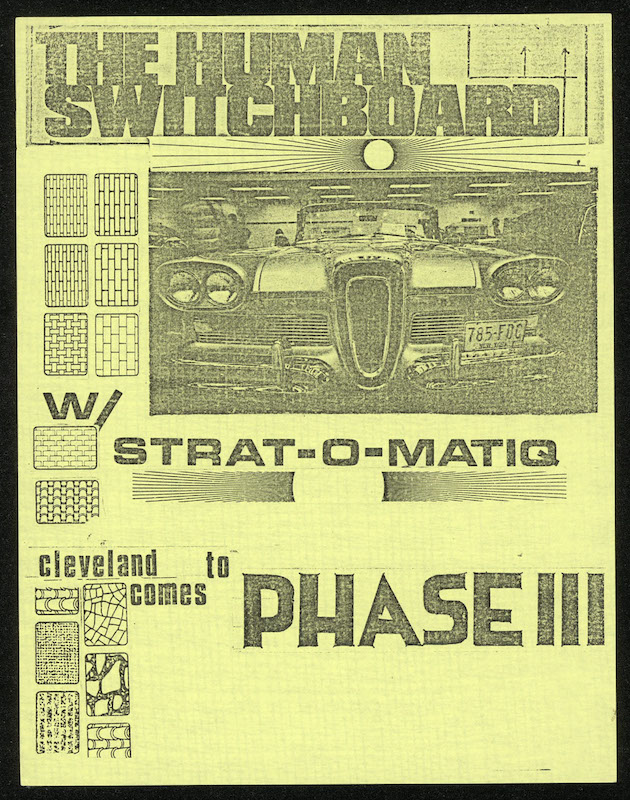
First, the Farfisa. Organ of choice for the wedding marches of sickly Goths who still have a warm spot for Hello Kitty (REGISTERED TRADEMARK). 96 Tears. (Joe “King” Carrasco and The Crowns did a ripping cover, remember? Like James Brown.) As Mod as it is cartoony and off-kilter, like its power source is a questionably overloaded socket. Singular and charming, forever groovy and reliably overplayed percussively, the Farfisa belongs in the otherworldly realm of theremins, harmoniums and bagpipes. Hits you in the back of the neck and spreads like a shot of whiskey going down. Delicious, delightful and delovely.
Interestingly enough, it’s Marcarian’s organ and voice, Metz’s drumming and the hired-gun bass lines that do the heavy-lifting, overshadowing Pfeifer’s guitar and voice ever so slightly, but consistently. The best tracks on WLIMH? are those that interplay Marcarian and Pfeifer’s vocals and her singing solo. The absolute centerpiece, closing side one, is the seven-and-a-half minute “Refrigerator Door,” which Curt Somebody-or-other called the “Stairway To Heaven” of punk.” Even with a hole in his head, his exaggeration comes close. Masters of the slow-burn building itchy tension to suddenly release hellfire and silence…repeat, “Refrigerator Door” is the hinge between sides, punctuating a remarkably well-crafted tracklist and not condemned to close the LP, as an obvious climax.
It is strange to ponder how removed we’ve gotten from the frustration of sitting by the telephone, waiting, hoping it will ring. A generation has already abandoned the process, if it was ever aware of it in the first place. A romantic dance with phone cords has been made irrelevant and the anticipation of exciting communication lost to Instagrab’s distractions while walking into Starbuck’s. It just ain’t the same. The language is gone and nobody’s crying in a telephone booth ever again. Now there’s an app. “BO-RING!” – Joanne Worley.
Spare, minimal and provocative, like bits of overheard conversation, “Refrigerator Door” is a relationship from “the first time that I ever saw you” to the “last time I saw you down at…Freddy’s” condensed to the essence of breathless, pleading, accusatory and regretful he-said/she-said. Simplicity nailed to the wall in such succinct language, you feel the lonely frustration in “ring, ring, ring” and the repetitious dullness of “work, work, work.” Phrasing, timing and interplay succeed in keeping up with the tempo changes, building, swirling and exploding into some of the most effective silences since Eve invented the cold shoulder. And then, a funny thing happens.
Right in the eye of the on/off storm, Pfeifer sings in Slovene. My grandfather was born in Bratislava, Czechoslavakia, or so I’ve been led to believe. I know nothing of my family history before that and am not inclined to find out, again, choosing to stay mystified at why anyone would want to have children. Besides, they all left me here to repeat their mistakes. Anyway, Slovak is a Western Slavic language and Slovene is Southern, just in case it pops up as a Jeopardy! question. My parents spoke Slovak and I know a few choice words, but it’s strangely creepy/romantic in Pfeifer’s delivery, nasty yet tender…no, the insidiously personal words of a lover. Secret.
If WLIMH? has a secret, it’s the securely insecure, stand up for your wrongs reality of the LP as a whole. Real people making real music, relevant, relatable and revealing. COPE 1, for Chrissakes. Bleed for your Art. There isn’t a stinker in the grooves, but the title track, “I Can Walk Alone,” “Book On Looks,” and “Where The Light Breaks” are other favorites. This is an LP that I have never listened to once, but continued flipping sides until I’ve plugged in, getting messages on my answering machine connected to the landline in my head.
So, what went wrong with Pfeifer’s solo LP, Afterwords? For me, it’s a case of the whole being greater than the sum of its parts. Though they appear on the record, Metz on drums and Marcarian doing backing vocals, the strength of the triangle was broken, Pfeifer, quite possibly, being the weakest side. It lacks the energy, tension and glorious release of WLIMH? but would probably be a monster sophomore if recorded by The Human Switchboard. It pales as is and it’s disappointing to view the pyramid from one side. If that’s not enough of a bummer, Pfeifer went on to be an A&R man and eventually the President of Hollywood Records. Something not quite right about that. No, siree.
Three. It’s a Magick number.


